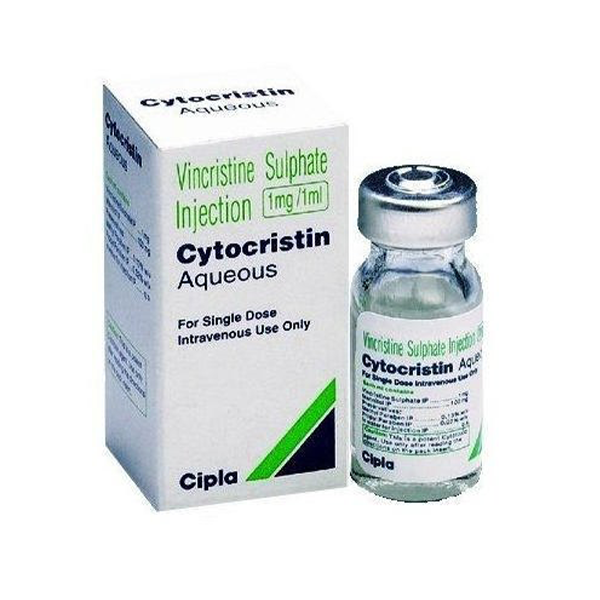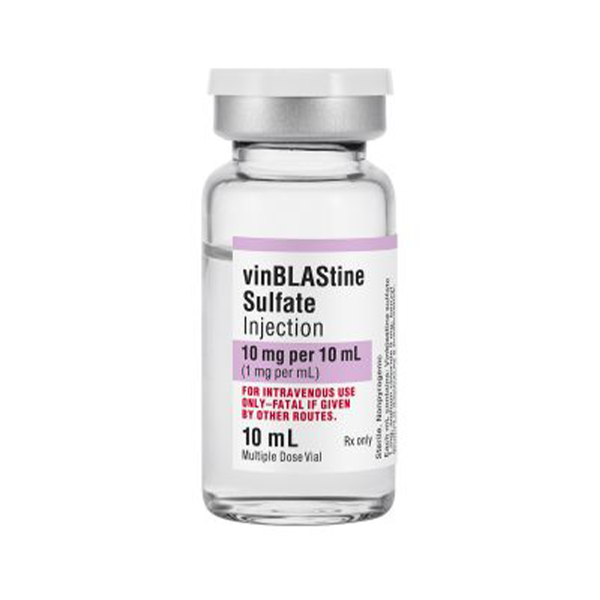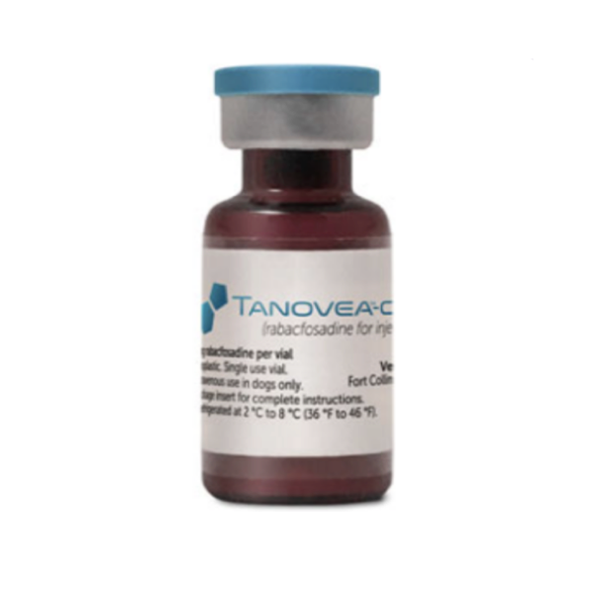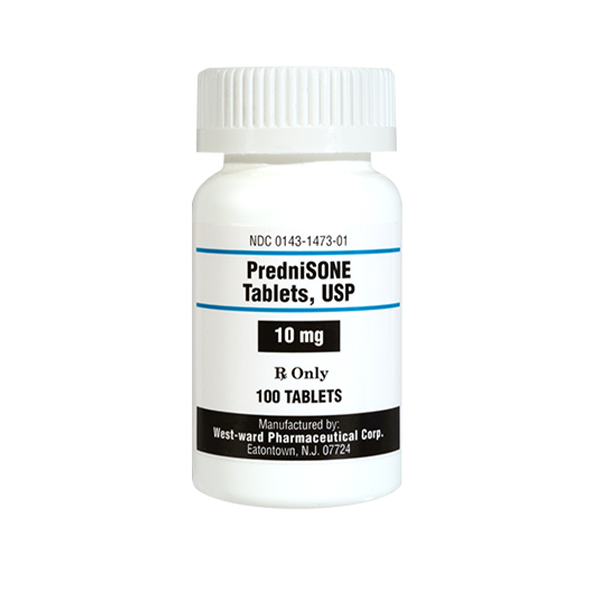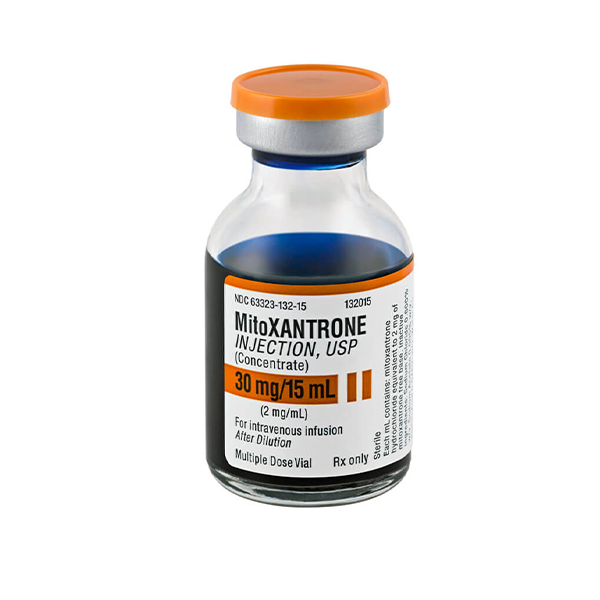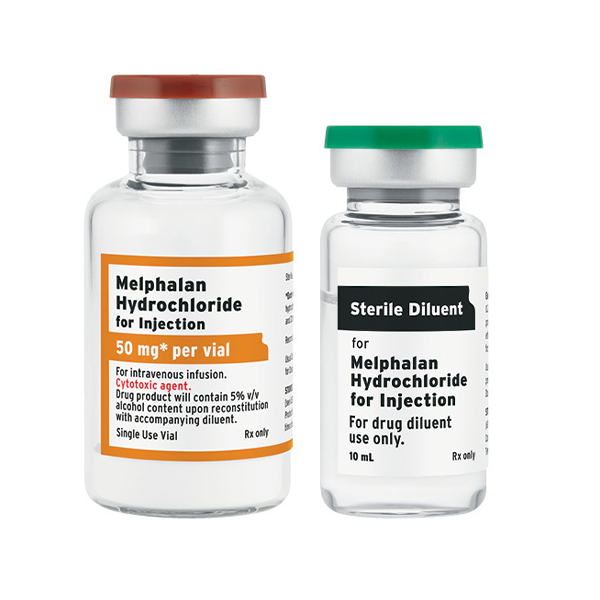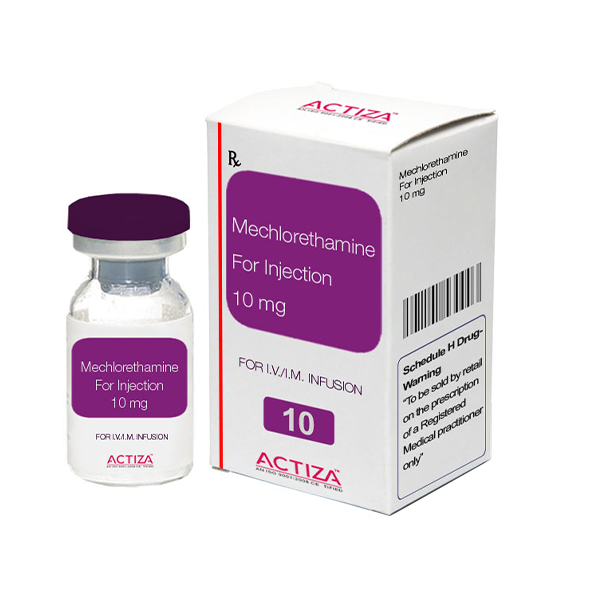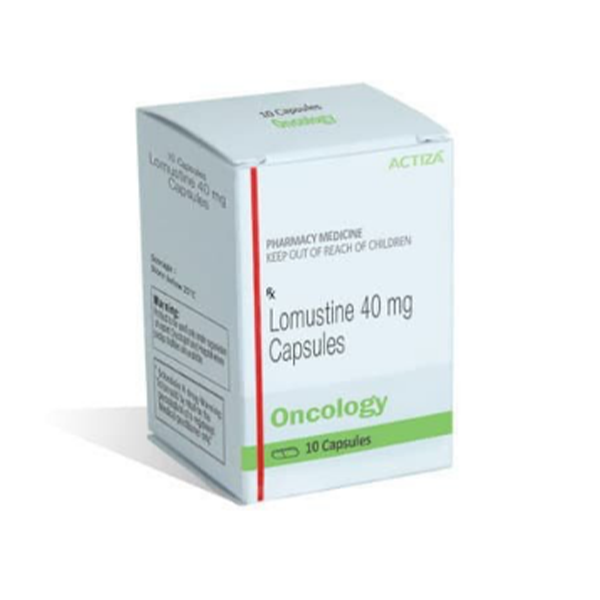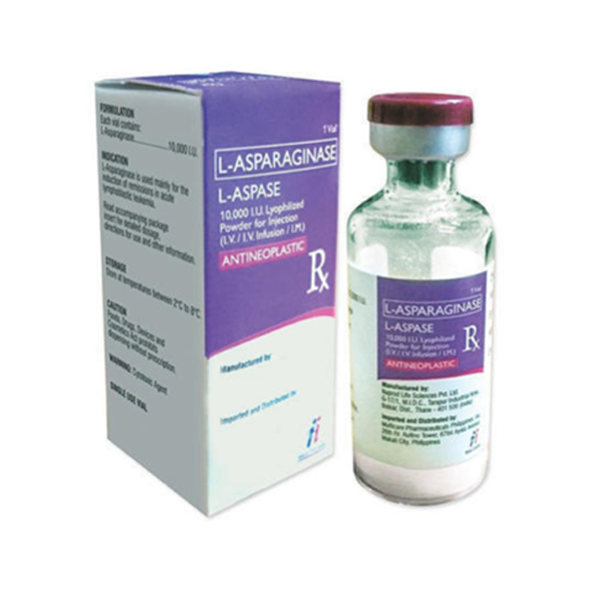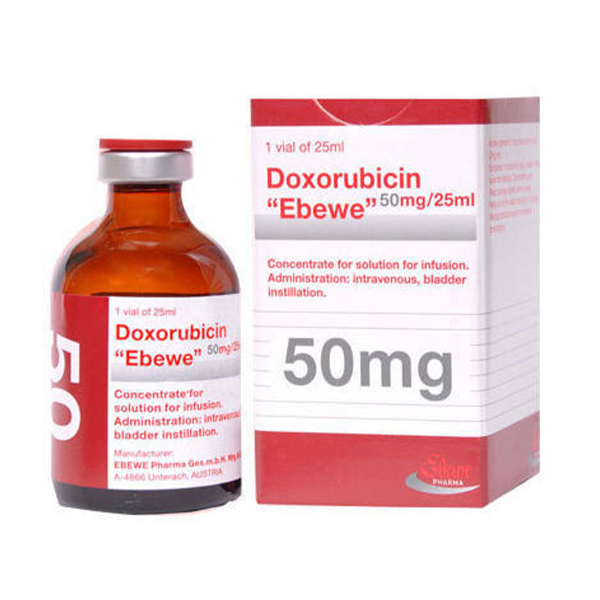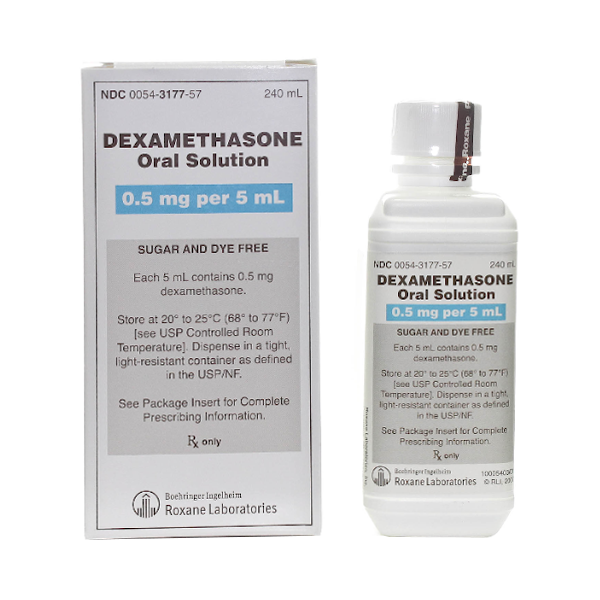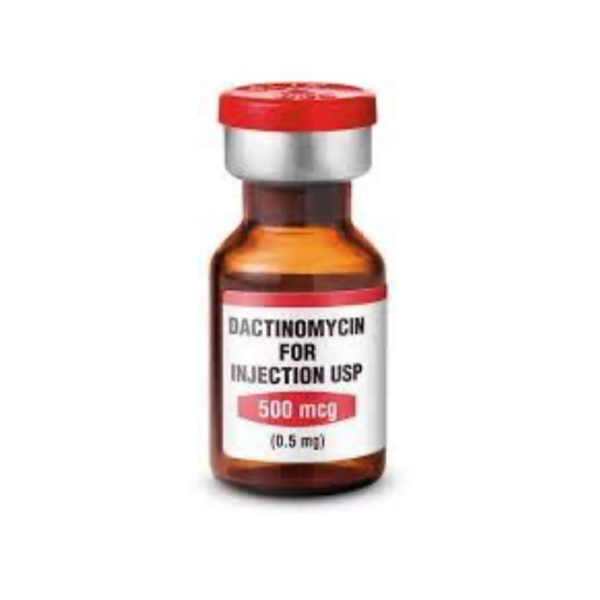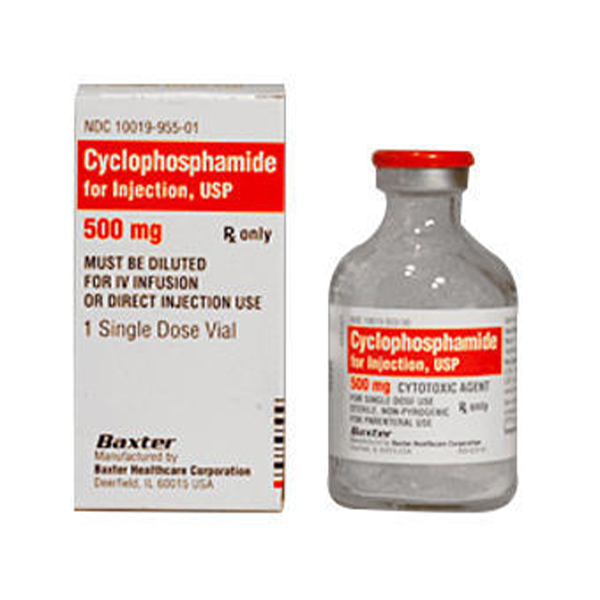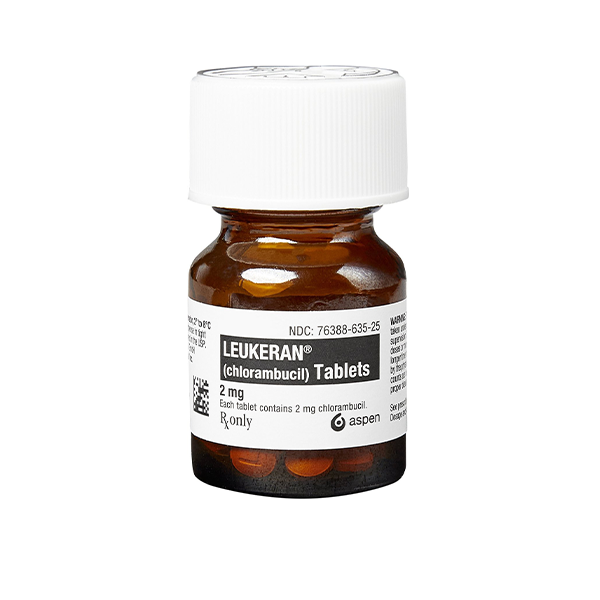Tanovea
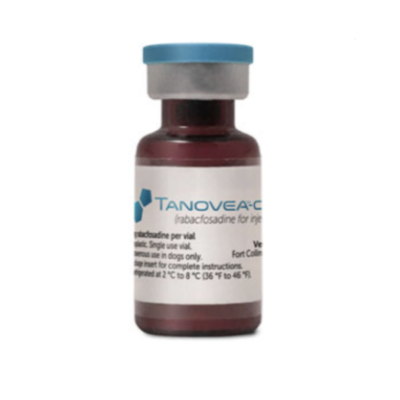
BRAND
TANOVEA-CA1 (active ingredient rabacfosadine)
DRUG TYPE
Anti-cancer chemotherapy
CONDITIONS TREATED
Canine lymphoma
ADMINISTRATION
One dose (1mg/kg) delivered as an intravenous infusion over 30 minutes every three weeks
CYCLES OF TREATMENT
Limited to one dose every three weeks
What is Tanovea?
Tanovea is a promising new anti-cancer drug designed to treat canine lymphoma. Most cancer treatments are initially targeted for human use and then secondarily modified for animals; however, Tanovea was developed specifically for dogs, heralding a new ear in veterinary research and drug discovery. This drug is so new, that in 2018 it was released by the FDA with the caveat that is was under “conditional approval for one year (CA1)” which explains why Tanovea is listed as Tanovea-CA1. The FDA has also agreed to renew this conditional approval for at least five more years while data is being collected and used to more accurately determine the drug’s effectiveness and safety.1
How does it work?
The active ingredient of Tanovea is rabacfosadine, a compound that readily accumulates in lymphoid tissues, especially rapidly dividing lymphoma cells. Once inside the cell, this medication inhibits DNA synthesis, interrupts cell division, and induces cell death. Clinical studies demonstrated that 77% of dogs with lymphoma responded positively to Tanovea-CA1 whether they were new to treatment (naive) or had stopped responding to conventional chemotherapy (drug-resistant).2
What is Tanovea used for?
Tanovea can only be prescribed by a licensed veterinarian since the accurate diagnosis, treatment, and management of side effects are crucial for the drug’s proper use and efficacy. Tanovea has been demonstrated to be effective against the following diseases in dogs:3
- Non-Hodgkin’s lymphoma (NHL)
- Canine cutaneous T-cell lymphoma
- Spontaneous canine multiple myeloma
- Naïve canine multicentric lymphoma
- Relapsed canine B-cell lymphoma
How is Tanovea administered?
Tanovea, which comes in a concentrated form, is diluted and each dose (1mg/kg) is intravenously infused over a 30-minute period once every three weeks, then repeated up to five times. If adverse reactions are a problem, stepwise dose reduction to 0.8 mg/kg and then to 0.66 mg/kg or a dose delay may be helpful. It is important that the infusion be administered by or under the supervision of a licensed veterinarian experienced in chemotherapy.4
Tanovea provides a treatment option that differs from other chemotherapeutic drugs since one dose is given every three weeks for a total of five infusions. This is in steep contrast with conventional chemotherapy treatments that require up to 16 weekly visits.5 In addition, Tanovea is thought to be effective for the treatment of recurring lymphoma.6 It has been shown to be effective toward dogs that are new to the drug, have become drug-resistant, and/or are not responding to a standard treatment protocol such as CHOP.6 These findings provide hope and the potential for an extension of your dog’s quality of life.
Before using Tanovea
Read the client information sheet carefully7 and discuss with your veterinarian any concerns that you might have regarding the protocol. Follow the suggestions listed below:4
- Tell your veterinarian about all other medications your pet is taking, including prescription drugs, over the counter drugs, heartworm preventatives, flea and tick medications, vitamins and supplements, including herbal medications.
- Tell your veterinarian about your pet’s previous or current medical conditions.
- If your dog has pulmonary fibrosis or even has a history of chronic pulmonary disease such as chronic bronchitis, do not use this medication.
- Use this medication with caution if you have a terrier since these breeds have a potential genetic disposition to develop pulmonary fibrosis.
- Do not use in West Highland White Terriers, since they do have a genetic predisposition for development of pulmonary fibrosis.
While using Tanovea
Please keep in mind that although Tanovea is being used to treat your dog’s lymphoma, it is difficult to predict how your dog’s lymphoma will respond to this novel drug. Schedule regular check-ups with your veterinarian to determine whether your dog is responding as expected and to decide whether your dog should continue to receive this medication. Be sure to carefully monitor your dog’s health and behavior during treatment, and take note of how the drug is affecting your animal as follows:7,8
- Extra care must be taken when handling and cleaning up after your dog had the drug, especially for the first 5 days. Remember, Tanovea is cytotoxic.
- Avoid direct contact with urine, stool, vomit, and saliva, and wash soiled items separately.
- Wear disposable chemotherapy-resistant gloves when cleaning up after these bodily fluids.
Possible Side Effects
Similar to most medications, especially cytotoxic drugs, Tanovea may cause side effects even if you are using the prescribed dose. The most common side effects include the following:1
- Diarrhea
- Vomiting
- Loss of appetite
- Weight loss
- Lethargy
- Skin problems: loss of hair, sores, scabs
In addition to the side effects listed above, the adverse reactions listed below have also been observed; however, with the exception of pulmonary fibrosis, these reactions resolve spontaneously or with supportive treatment, dose modifications, and/or dose delays.4
- Renal: Increased creatinine, blood urea nitrogen, protein, bacteria, and/or pus detected in urine
- Hepatic: Elevated liver enzymes, elevated bilirubin
- Cardiorespiratory: Pulmonary fibrosis, aspiration pneumonia, difficult or labored breathing, increased breathing rate, increased heart rate.
- Hematologic: Reduction in white blood cells and important blood proteins as well as low potassium and phosphate levels
Administering Tanovea has also been associated with more serious and sometimes fatal respiratory complications. Please contact your veterinarian immediately if your pet experiences any of the following symptoms:7
- Extreme nausea, vomiting, and diarrhea
- Refusal to eat for more than 1 day
- Fever
- Difficulty breathing
- Extreme lethargy
As a “conditionally approved” drug”, the safety and effectiveness of Tanovea has not been fully evaluated in conjunction with other chemotherapeutic agents or other treatment modalities. In addition, the effect of concomitant medication on metabolism of Tanovea has not been evaluated.4 Although the “client information sheet” distributed by the drug maker does not list drug interactions, the FDA encourages dog owners to work with their veterinarians to report all side effects or possible drug interactions.
Please keep a record of all adverse reactions and a list of all drugs or supplements that your dog is taking during the course of Tanovea treatment. Share these with your veterinarian who will prepare and submit a report to the FDA. This information will be reviewed by the FDA to identify potential safety and effectiveness concerns.1 Drug interactions may change how your pet’s medications work or increase risk for serious side effects, so be observant and report any changes in your dog’s health or behavior to your veterinarian as soon as possible. Do not start, stop, or change the dosage of any medicines without your doctor’s approval.
Decreased appetite/anorexia
- Take your pet’s temperature regularly and call the hospital if the temperature is above 103 ℉ or below 99 ℉.
- Make mealtime more interesting by offering your dog enticing foods such as chicken, turkey, and hamburger. Adding chicken or lamb baby food, broth, or yogurt to your dog’s food may also help increase palatability.
- Do not use food that are fatty or table scraps containing sugar and fat since these food can cause problems.
- Call the hospital if anorexia persists for more than 2 days.
Lethargy
- Allow your pet to have plenty of rest. Energy levels should return to normal within a couple of days.
- If your dog is very weak, unable to walk, unresponsive, and/or cannot support their weight, call the hospital immediately.
Hair loss
- For most dogs, hair loss is uncommon; however, dogs with continuous hair growth, such as poodles, Bichon Frise and some terriers are more prone to this side effect.
- If your pet experiences significant hair loss, a coat may keep your dog more comfortable.
Nausea, vomiting, diarrhea
- Call the hospital if your pet experiences any of the following: Temperature is greater than 103 ℉ or below 99 ℉; diarrhea lasts for more than 48 hours; vomits for longer than 24 hours.
- Withhold food and water for 12 hours, and then offer small amounts of water every 2 hours.
- If your pet does not vomit after drinking small amounts of water, bland food such as chicken or turkey can be offered (boiled or baked, not fried). Boiled hamburger (fat skimmed off) or boiled white rice are also good choices.
- If your pet tolerates small amounts of these bland meals without vomiting, a normal diet can be resumed gradually over a 3-day period.
- If your vet agrees, give anti-nausea medications as prescribed. For example, 1/2 of a 160 mg tablet of maropitant citrate (Cerenia®) by mouth once daily (80 mg/day) or as required if nausea, vomiting and loss of appetite are noted.
- If diarrhea is persistent, give 1½ tablets (375 mg) of metronidazole (250 mg: Flagyl, anti-diarrheal antibiotic) by mouth twice daily for up to 5 days.
- Fortiflora (Anti-diarrheal probiotic) can also be administered to suppress diarrhea. Follow packet instructions for up to 7 days.
Skin damage
- Call the doctor to discuss management of the skin ulceration or inflammation.
- Try to keep your pet from licking the area.
- You may need to wrap the affected region or apply an Elizabethan (cone) collar to help prevent your pet from licking the area.
Dehydration
- Ensure your dog has plenty of access to fresh, clean water.
- Check the bowl every few hours.
- Clean your dog’s water bowl daily to prevent bacterial growth.
- Take bottles of water with you on a walk or when travelling.
- Avoid exercising your dog in hot weather.
Fever
- To help reduce your pet’s fever (103oF or higher), apply a cool compress around paws and ears using a soaked towel or cloth.
- Continue to monitor your pet’s temperature. Stop applying the cool compress when it drops below 103o
- Coax your dog into drinking a bit of water and monitor your pet closely to make sure the fever does not return.
Additional Tips
- Wear disposable chemotherapy-resistant gloves while collecting contaminated material. Place all material into a plastic bag, including your gloves. Be careful not to allow contact with these contaminated materials. Tie the bag, and place it in household disposal.
- Avoid contact with your dog’s toys, food bowl, and water bowl unless wearing gloves. Wash separate from other items.


